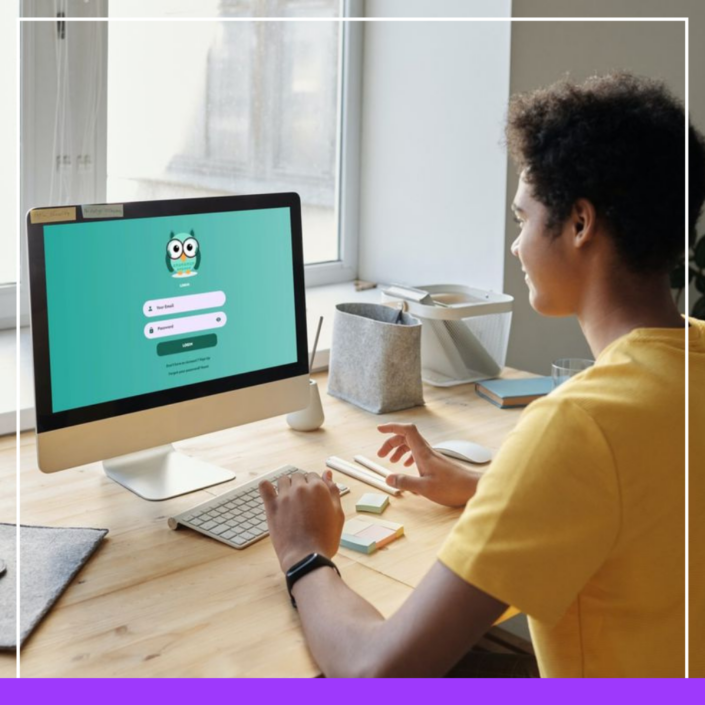
We are encouraged to see that, generally speaking, many organisations consider strong service support as a vital part of the learning with technology process. Without supportive structures in place, backed up by tested IT services methodology, to help new learners and developers of enhanced and blended learning programmes to traverse technical and platform associated challenges, these same learners and teachers who guide them can lose trust in the capability of the technology to provide them with a beneficial space in which to build knowledge, collaborate and develop understanding.
There also appears to be a strong element of support availability during daytime and after hours’ studies and the options for available support mediums is also encouragingly high giving user’s multiple options to seek out technical help and direction in a format that suits their needs and preferences.
However, it’s not all roses and sunshine unfortunately. A small number of institutions have indicated that they have no eLearning support structures in place at all which means that learners and staff and navigating the path of technology enhanced learning on their own. This can lead to poor uptake in the efforts made to utilise online study methods and ultimately a low return on the significant time, money and effort invested in making technology enhanced instruction work.

In respect of the help services response to those requesting support, email is still the king of the hill and dominates both the internal staffers and learner support space as the medium of choice for requesting and replying on support related queries.
Encouragingly, however, there are several responses from the survey indicating that more responsive innovations such as live chat and social media (even campus radio in one case) are also being applied to learning support programmes. The onsite help desk has a strong showing too coming in a very credible second on the student support provision – an important component of the supported campus we at Eiffel Corp are vocal about. However, as campuses, schools and centres of study become ever more virtualised we expect to see a drop in its importance and a far stronger showing in aspects such as live and video based chat, self-service support and, increasingly, automated, AI & bot responses, some of which are already being deployed in universities and colleges in Europe and the US.
We’d like to extend a big thanks to all of the individuals and institutions who undertook the survey and contributed to this initial study.
If you or your team is keen to find out more about how to better support your learners or teaching staff in terms of the technical tools and applications associated with the Virtual Learning Environment, the global best practice methodologies for technical support or the aspects of this related to improving adoption and student academic performance, please get in touch with one of our offices so we can start a conversation.
To view the full report please click here.








